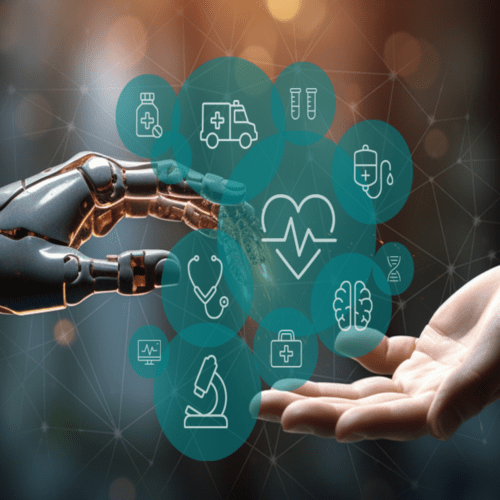Month: October 2023


Oct 31, 2023
How Should Healthcare Organizations Use Generative AI?
Nearly every day, we have at least one conversation with a healthcare organization about generative AI. Some are already using generative AI tools in some fashion. But to be honest, most of them are grappling with it. Generative AI–meaning a tool that generates language or an image when you feed it prompts—has been around for […]
